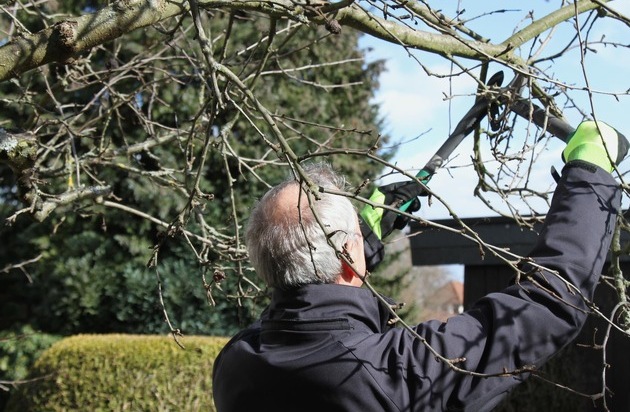-16%. This is not an April Fool’s Day, but a real reduction announced on the bill of users in Dijon and its metropolis. We will go from € 3.98 per cubic meter, to € 3.36. A simple announcement effect for the CLCV 21 consumer association, “this is the price that consumers should have paid for a long time already” says its chairman David Demey who has even been talking about irregularities on invoices for years. Without going that far, Antoine Hoareau, elected to the metropolis in charge of water and sanitation, concedes that the city was for 30 years “prisoner”, in a way, of a contract with Suez.
The Odivea revolution?
“We inherited a system that dated from 1991, the contract had been made for 30 years. There we have a new contract and a new mode of governance”. Reference to the very recent creation of Odivea, a semi-public company managed equally by the metropolis and by the Suez group.
“This will allow us to better control financial flows around water and sanitation. We will have weight in decisions, in terms of monitoring investments, we will spend 100 million euros over the nine years. to invest in the ecological transition and improve our water and sanitation system. We will also be able to better control the financial flows between the parent company of Suez and the local delegation. other Suez contracts, it is no longer the Dijon contract that will make it possible to compensate. “
60 to 70 euros savings per household and per year
Odivea is therefore the assurance of simpler, more direct management of our water network. “We have prices only linked to the Dijon contract with our operator,” continues the elected official. “And then it is also the competition” during the call for tenders, which made it possible to reduce prices. Concretely speaking, for Dijon households, we are talking about an average saving per year of 60 to 70 euros.
These investments of which Antoine Hoareau speaks, they concern in particular the discharge of waste into the waters of Ouche and Suzon, where we unfortunately find everything and especially anything: “In Dijon, we have a unitary network, that is to say that wastewater and rainwater go through the same pipe. When someone throws a cigarette butt in the street, he will end up at the entrance wastewater treatment plant, and it is water that must be treated. We will therefore try to better treat these micro-waste and micro-plastics. The objective is also to reduce the quantity of sludge, because when we treat wastewater, at the end we have solid matter, which is extracted from the water, and it is to be able to work with this sludge for methanization, for the manufacture of biogas, to make a new source of it of energy. “
Dijon, well off with its five sources
This is one of the advantages of a city like Dijon: water supply is not a problem, at least not for the moment, thanks to the multiple basins that supply our network.
“The historic source, that of Suzon, built by Darcy 150 years ago still supplies the Dijon network, the source of Morcueil, the catchment field of Poncey-lès-Athée which is our main source. We are therefore in a position where we have a lot of water, a lot of possibilities. Then, the water is cleaned, put in the network, distributed to people in the tap. And once it is used, dirty, we retire it to be able to put it back in. the natural environment. And the challenge we have today is to be able to better treat this water in order to limit the carbon impact of the inhabitants of the metropolis on the natural environment. ”
Another good news in all this: users seem to comply with eco-friendly actions in terms of water consumption: “the eco-gestures that have been repeated for years, are messages that pass, that work. Average consumption tends to drop, we are around 90 cubic meters per year and per household. Water is a precious good that ‘you have to save, people have understood that. “
–


